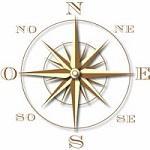
|
|||||||||||
|
|||||||||||
Renaissance Sculpture
 Italian text by AnnaLisa Limardi - Translation & adaptation by Domenico Russumanno.
Emergence from the medieval tradition was still uncertain in the bronze panels created by Lorenzo Ghiberti for the baptistery's door in Florence (the door are also referred to as the Gates to Paradise).
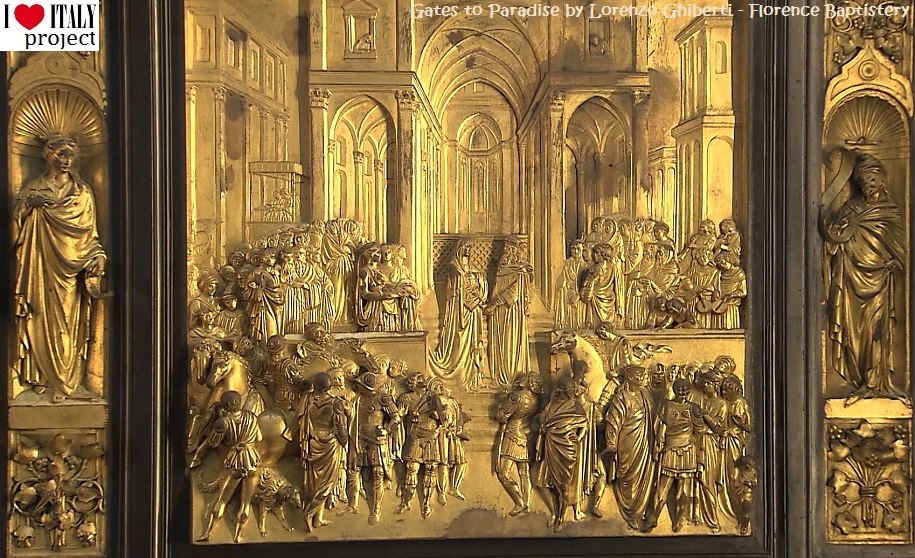 It was Donatello (Donato di Niccolò di Betto Bardi) who opened the great phase of Renaissance sculpture. The severe heroic representation of man, the study of classical sources and the ability to render perspective are some of the characteristic features of the masterpiece like the bronze David in the Bargello Museum, Florence, and the Equestrian monument to Gattamelata in Padua. The realistic depiction of its muscular form reveals the Renaissance concern with anatomical study that was later developed in Leonardo da Vinci's studies for the Sforza equestrian monument.
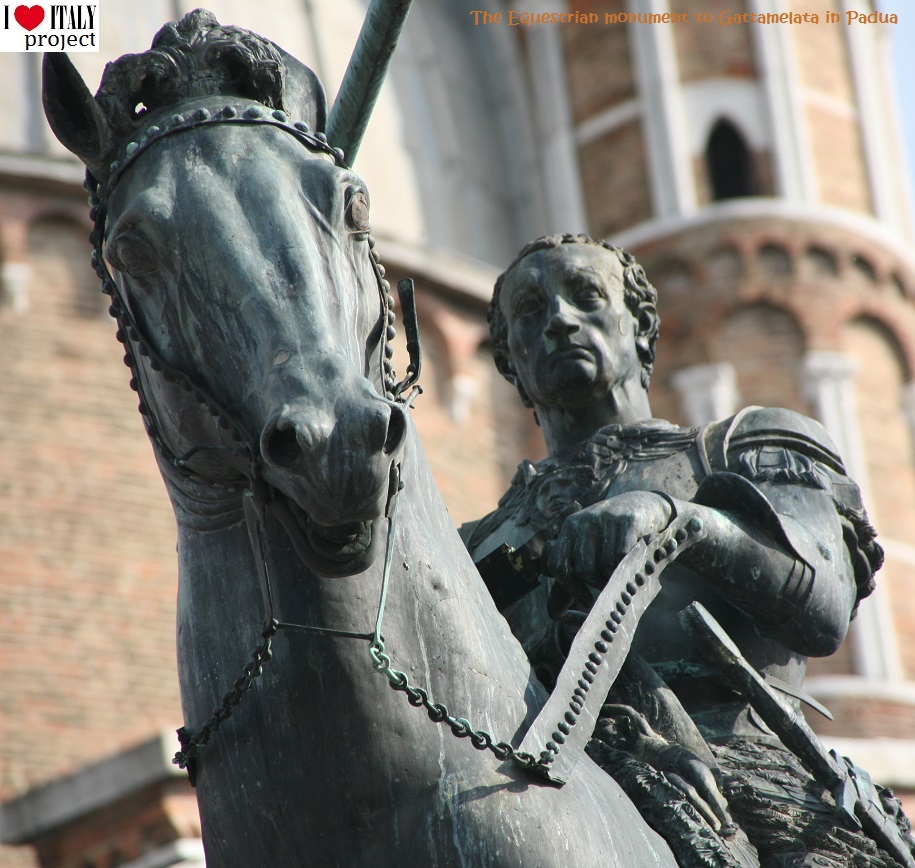 Siena and Lucca witnessed the maturing of the powerful synthesis between old and new Jacopo della Quercia (Fonte Gaia,Tomb of Ilaria del Carretto, the Child bride). Jacopo is considered a precursor of Michelangelo. 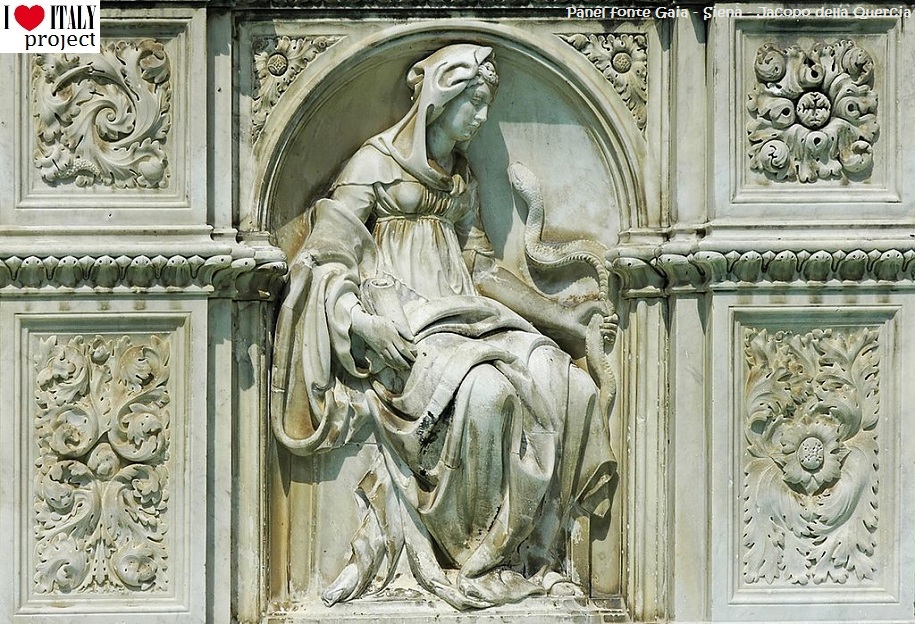 The Porta Magna of the San Petronio church in Bologna with sculptures by Jacopo della Quercia. The architrave above the door contains five reliefs with representations from the New Testament. The lunette contains three free-standing statues : Virgin and Child, Saint Petronius (with a model of Bologna in his right hand) and Saint Ambrose (carved by another sculptor Domenico Aimo in 1510).
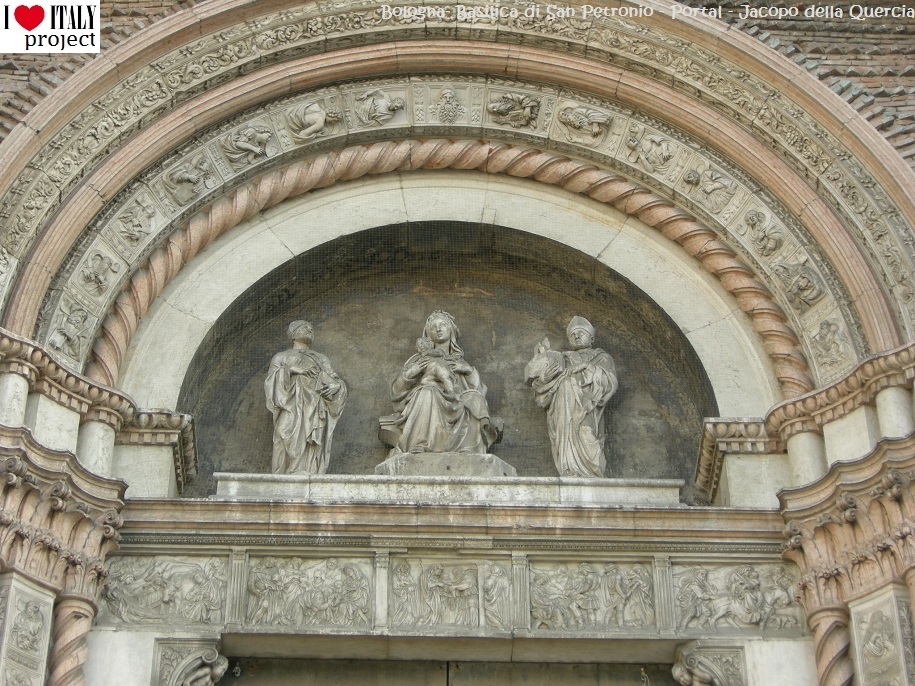 Jacopo della Quercia takes his name from Quercia Grossa (now Quercegrossa), a place near Siena, where he was born in 1374. He received his early training from his father, Piero d'Angelo, a woodcarver and goldsmith. In Lucca in 1406, he received the commission from the city's ruler, Paolo Guinigi, to begin work at the tomb of his second wife Ilaria del Carretto in the Lucca cathedral. The richly dressed woman rests on top of the sarcophagus, delicately portrayed in a Gothic fashion, with her dog, symbol of conjugate fidelity, at her feet.
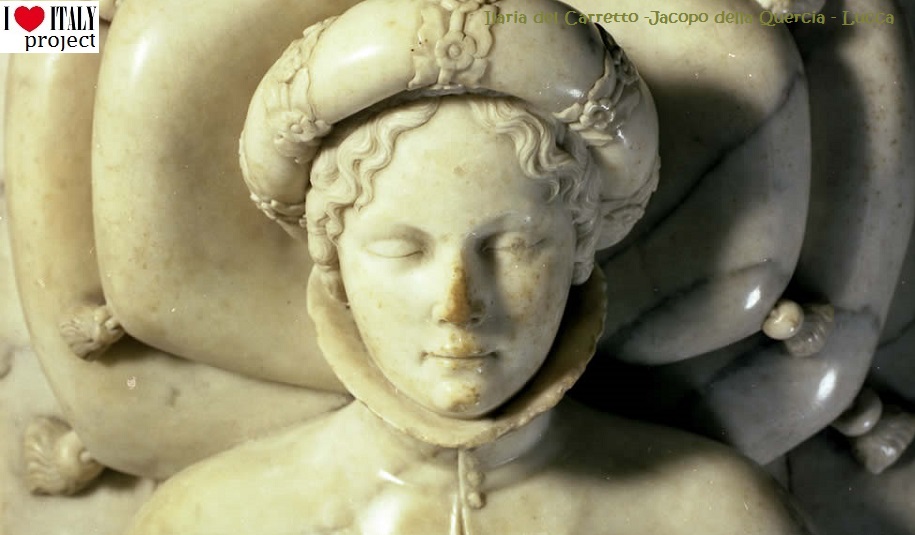 Florence remained one of the most important art centres throughout the century and was the site of work by personalities as different as Brunelleschi (Evangelist in the Cappella de' Pazzi in San Croce),
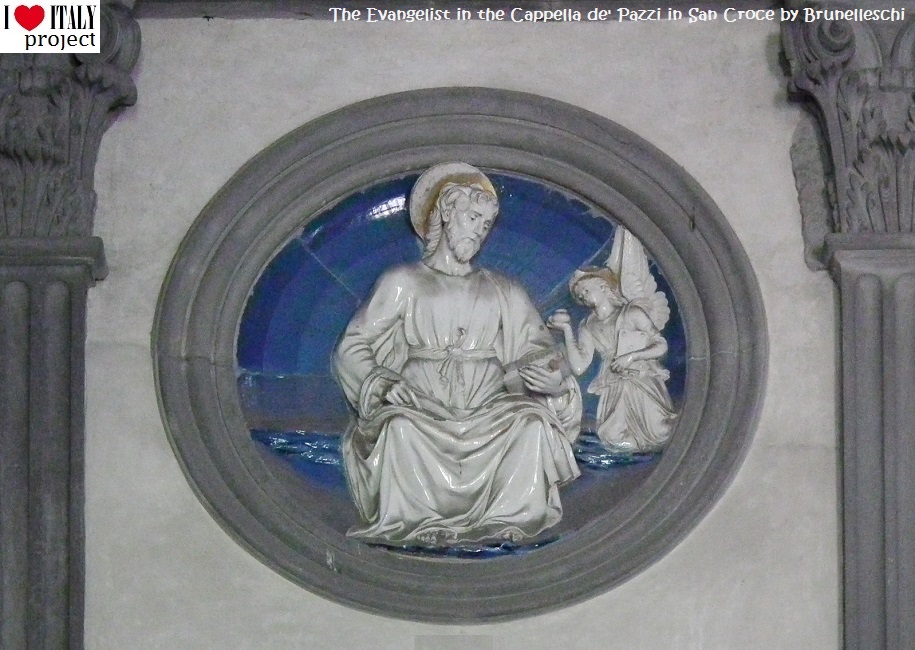 Luca della Robbia (statues of the Madonna and child in terracotta),...
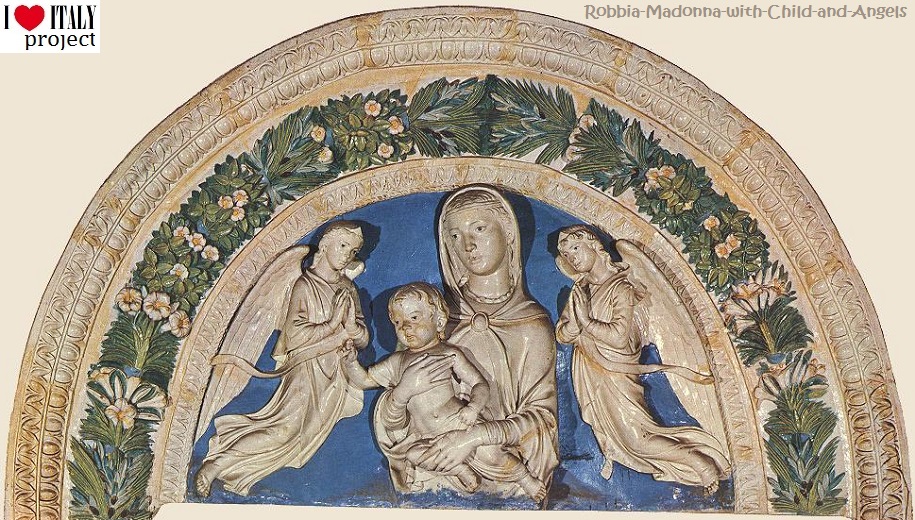 Mino da Fiesole (Bust of Giovanni de Medici, Bargello),...
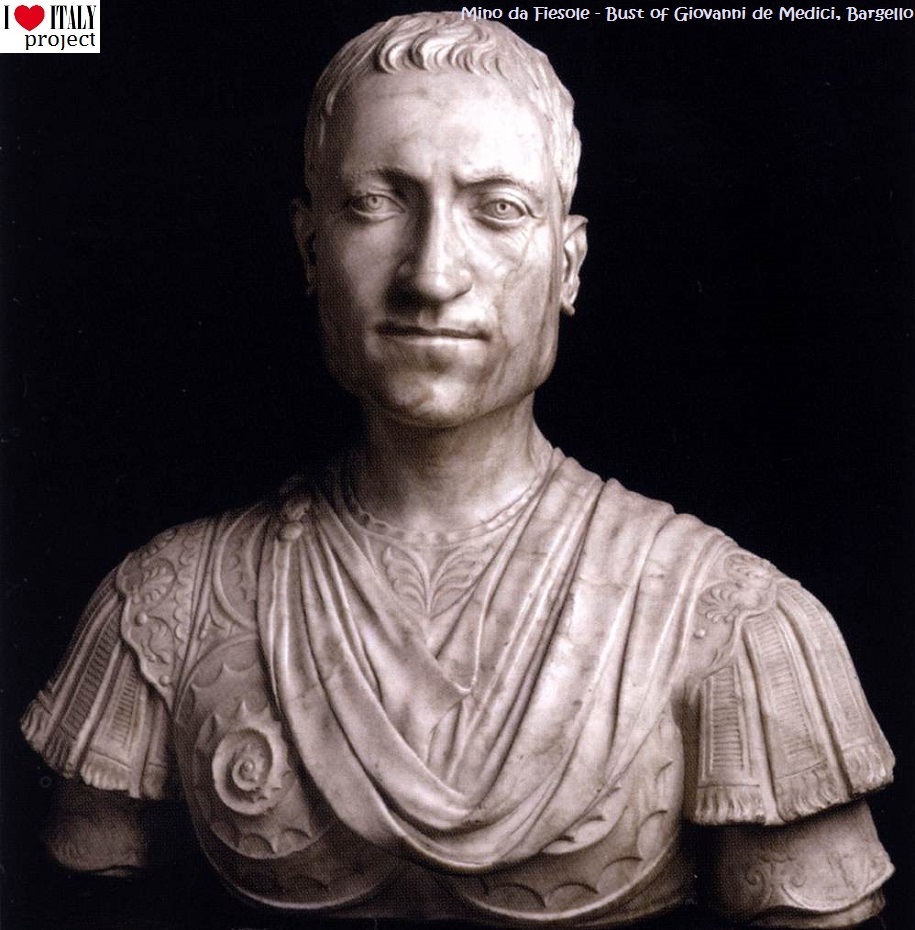 Antonio del Pollaiolo (Hercules and Antaeus, Bargello),...  Desiderio da Settignano (Funeral monument to Carlo Marsuppini, Santa Croce),...
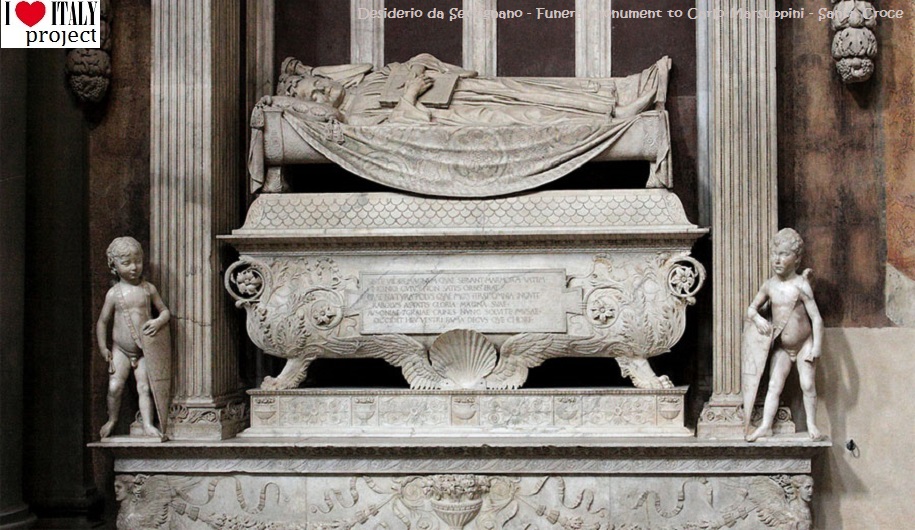 and Antonio Rossellino (Bust of Matteo Palmieri, Bargello),... 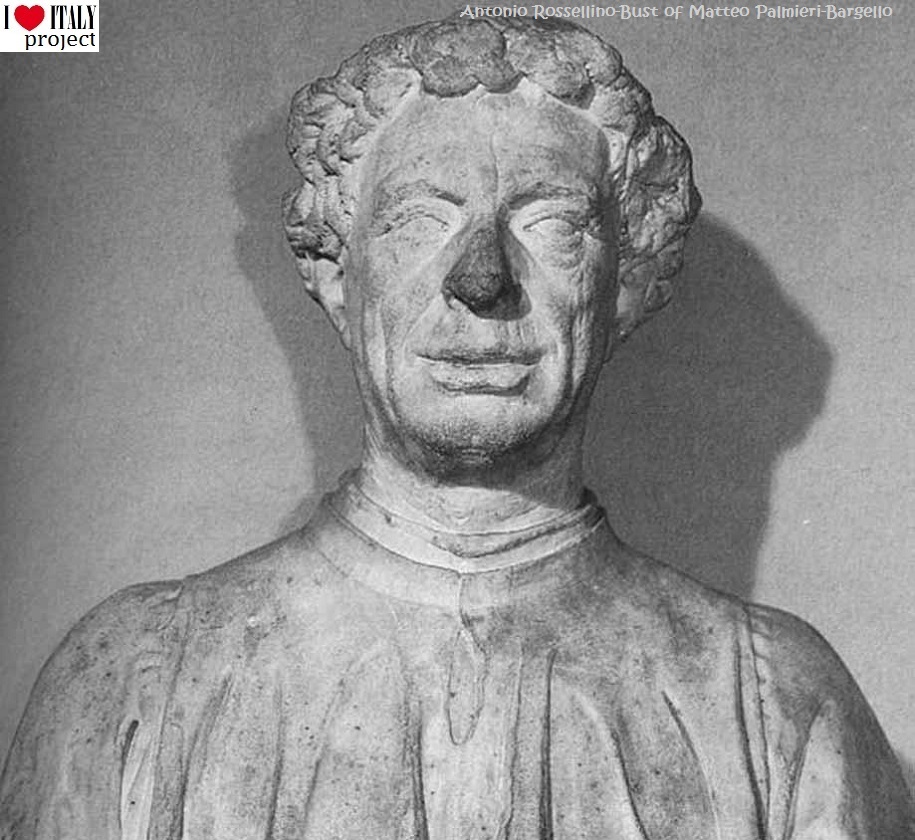 Verrocchio (David, Bargello; Monument to Bartolomeo Colleoni, Venice),... 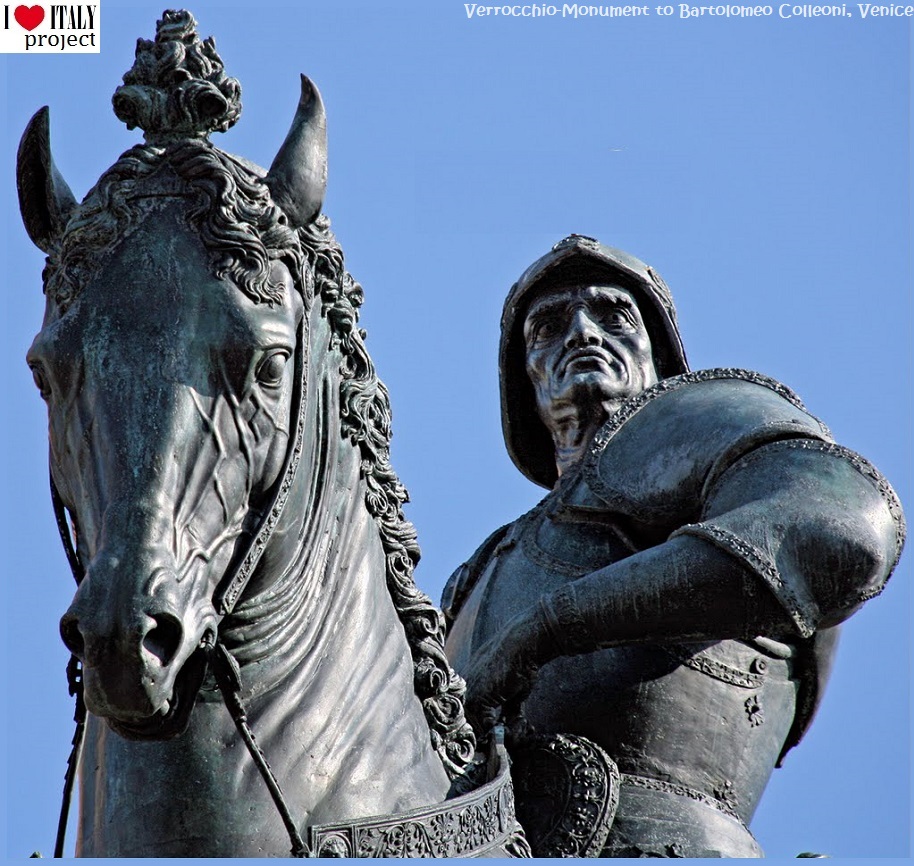 The spirit of the Renaissance soon spread from Tuscany and Lombardy to Emilia Romagna where Guido Mazzoni, called il Paganino, (Crib, Modena Cathedral),... 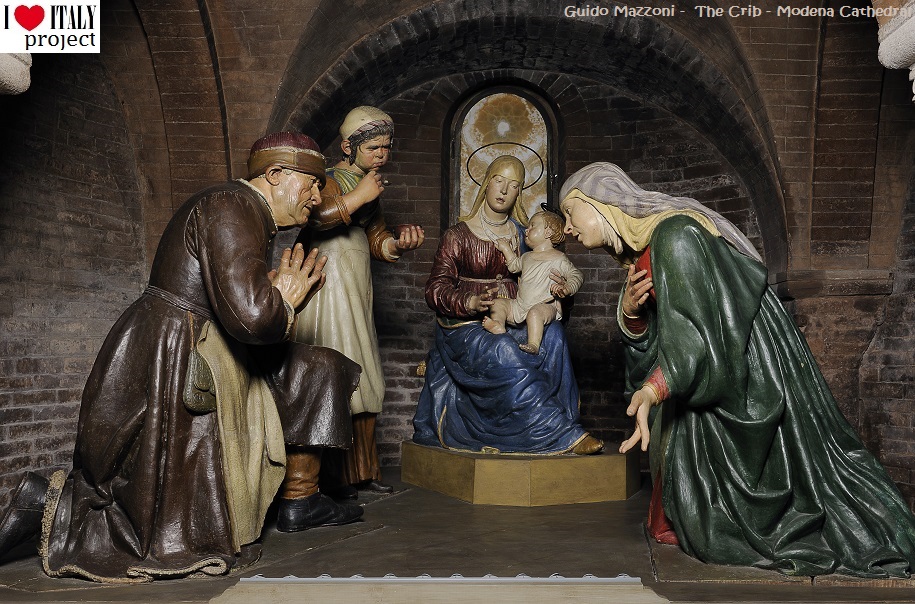 ...and Nicolo' dell'Arca produced large groups in terracotta;... 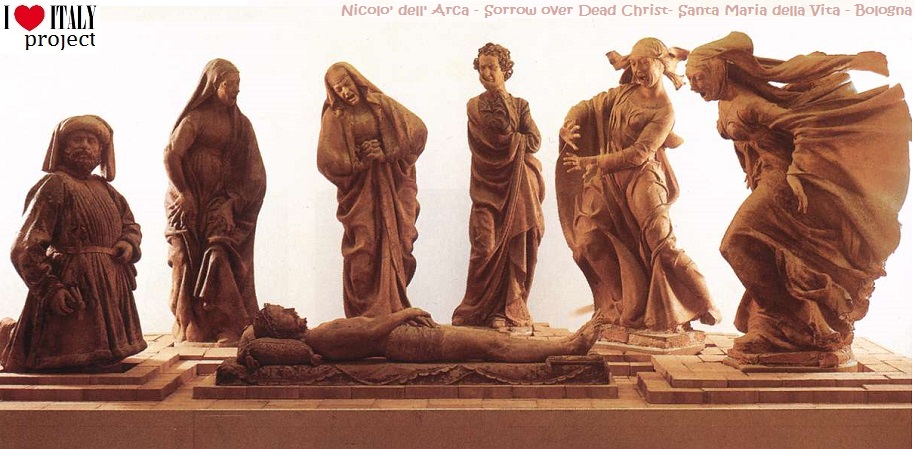 ...to the Kingdom of Naples, Francesco Laurana (Portrait of Battista Sforza, Bargello).
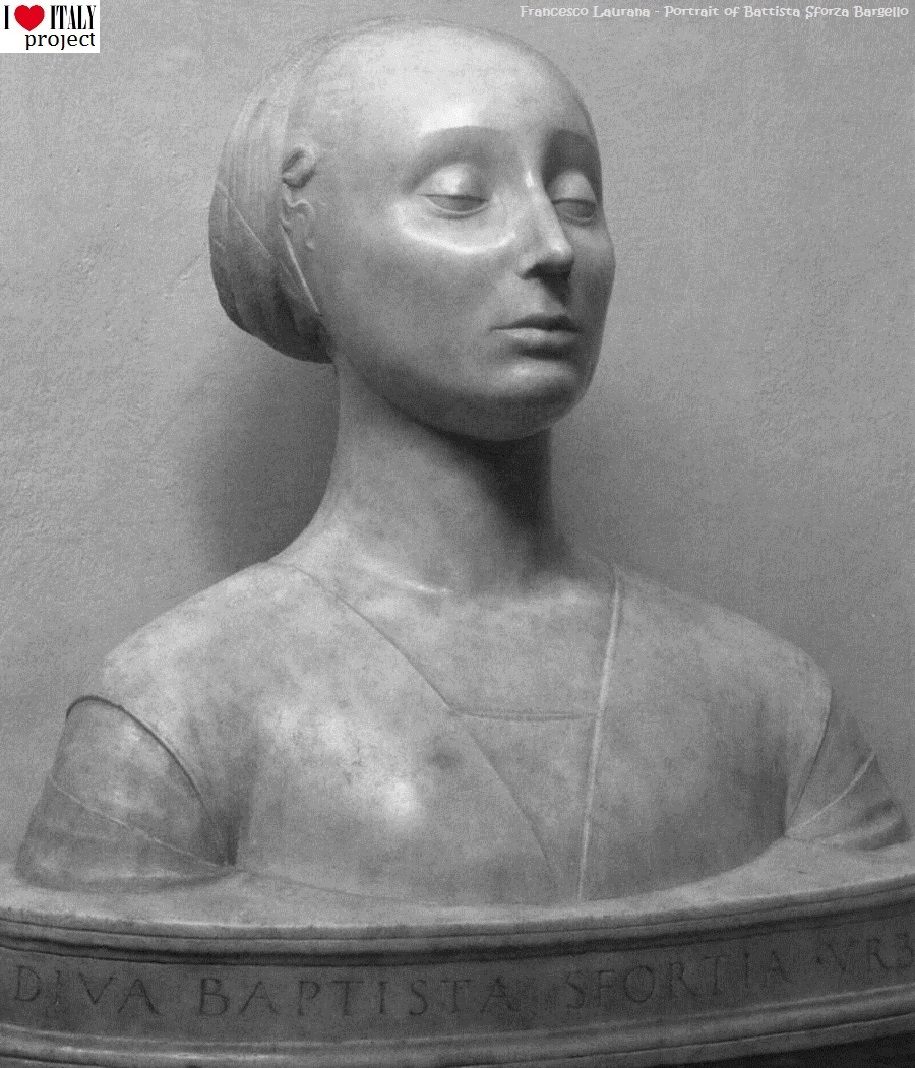  The Genius of Michelangelo (Michelangelo di Lodovico Buonarroti Simoni) was the undisputed dominant force in Italian sculpture in the first half of the 16th century.
Marble was at times smoothed by his hands to the purest perfection of detail, which at other times was rough hewn and left deliberately unfinished. In his masterpieces Renaissance sculpture reached a pinnacle which his contemporaries judged to be superior to ancient art and to nature itself...from his David (Accademia, Florence), ... 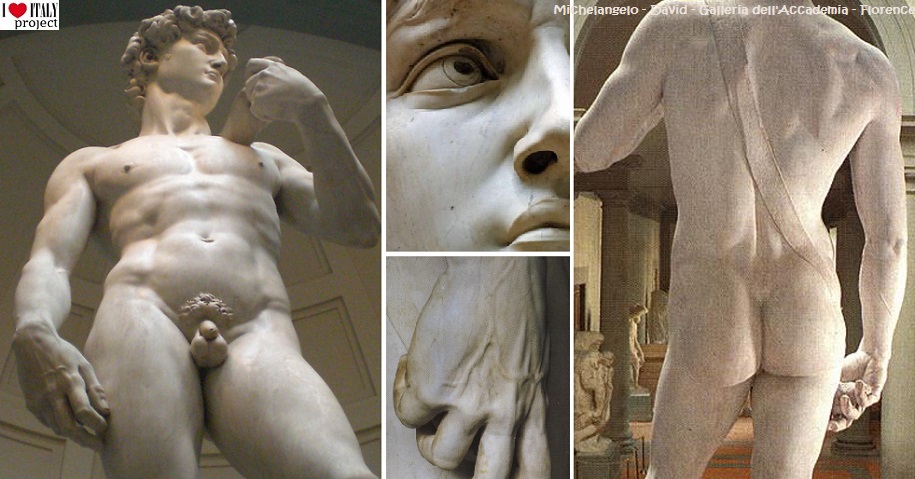 ...to the Moses in San Pietro Vincoli ( Rome), ... 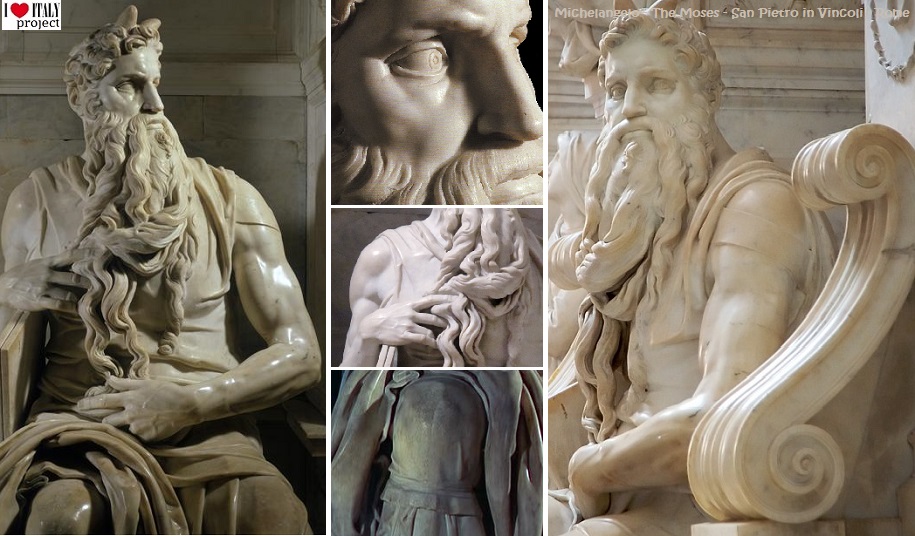 ...to the tomb of Lorenzo de 'Medici, Duke of Urbino in Florence, ...
 ...to the variations on the theme of the Pieta', the famous work of art depicting the body of Jesus on the lap of his mother Mary after the Crucifixion. 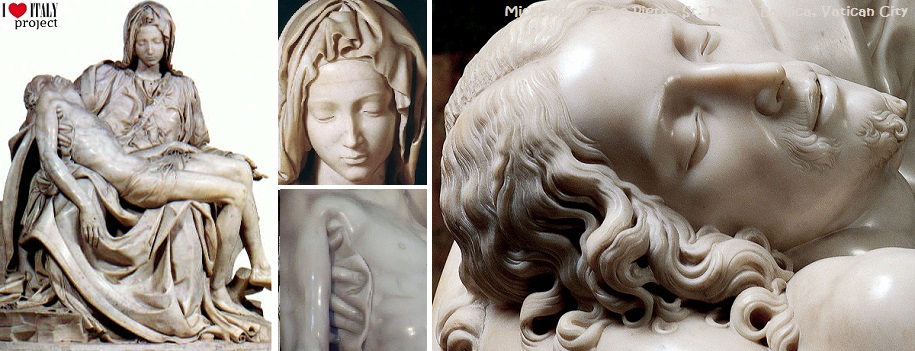 The great artist of the period experimented with different arts: Michelangelo painted and Leonardo da Vinci, who had been a pupil of Verrocchio, undertook sculpture but without ever completing a work. Jacopo Sansovino (Loggetta of the tower in Piazza St Marco, Venice), among the greatest artists active in Venice in the 16th century, was both sculptor and architect.
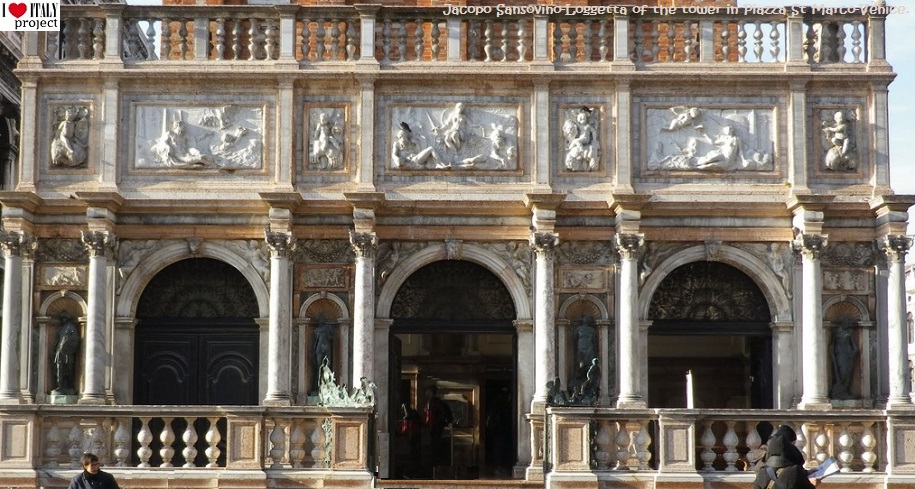 Other important artists were Giambologna, of Flemish origins but active in Italy (Fountain of Neptun, Bologna)...
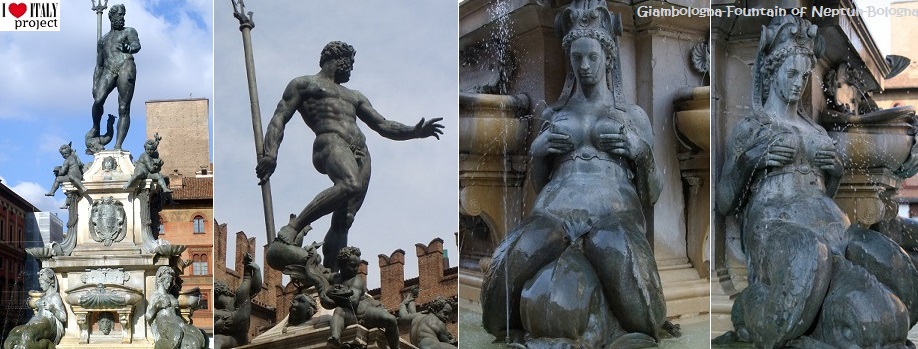 ...the equestrian monument to Cosimo de Medici, Loggia dei Lanzi in Florence... 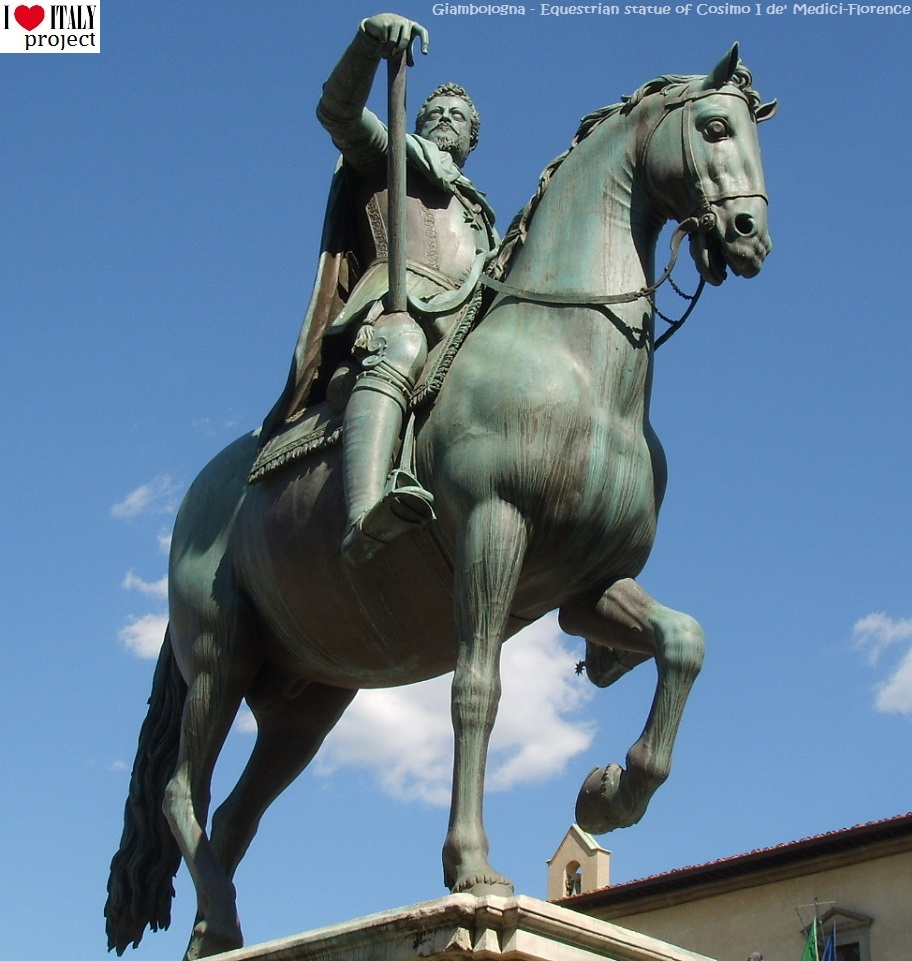 ...Hercules and the centaur Nessus in Florence. 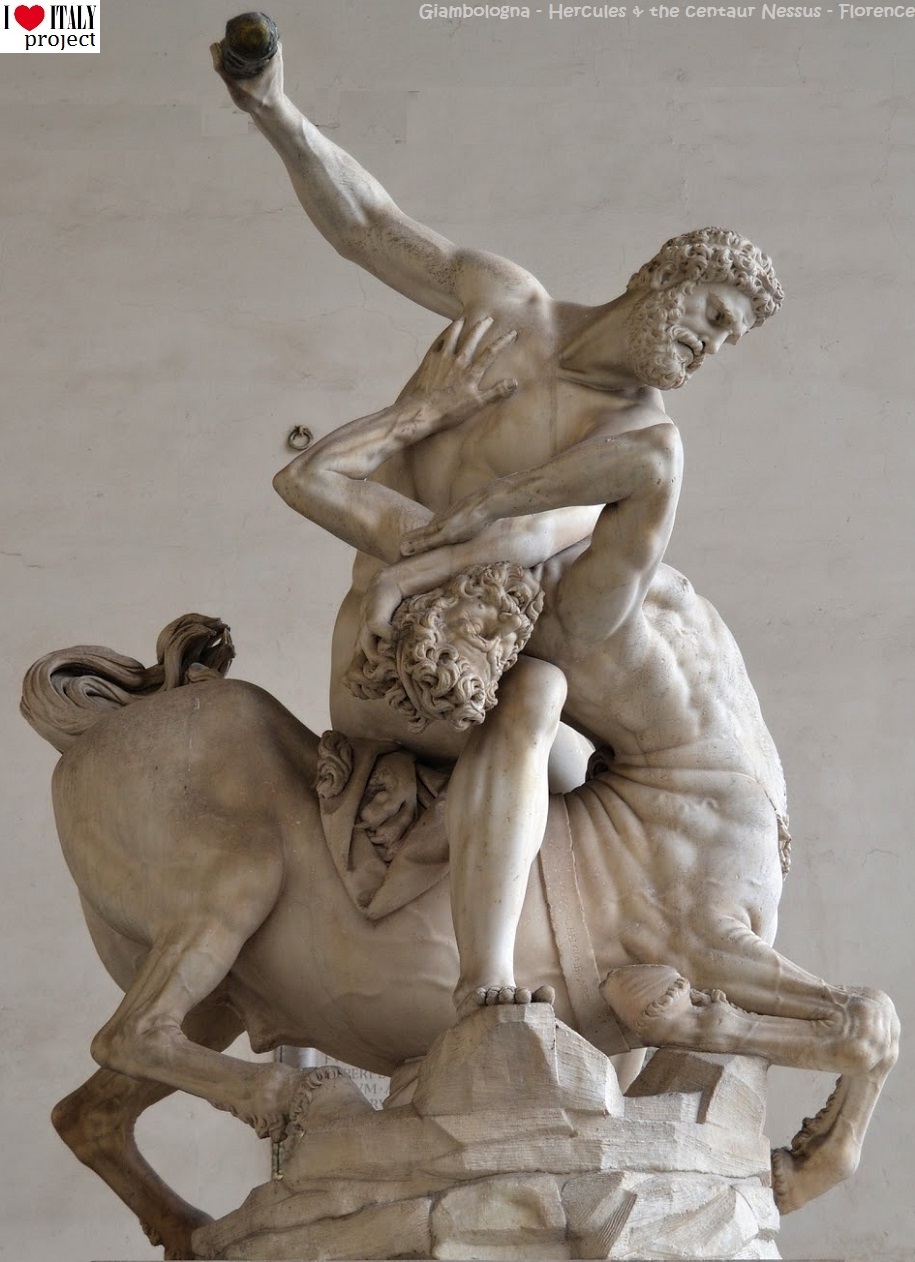 ...and Benvenuto Cellini, goldsmith and writer as well as sculptor, who produced works in the precious Mannerist style (Perseus, Loggia dei Lanzi, Florence).
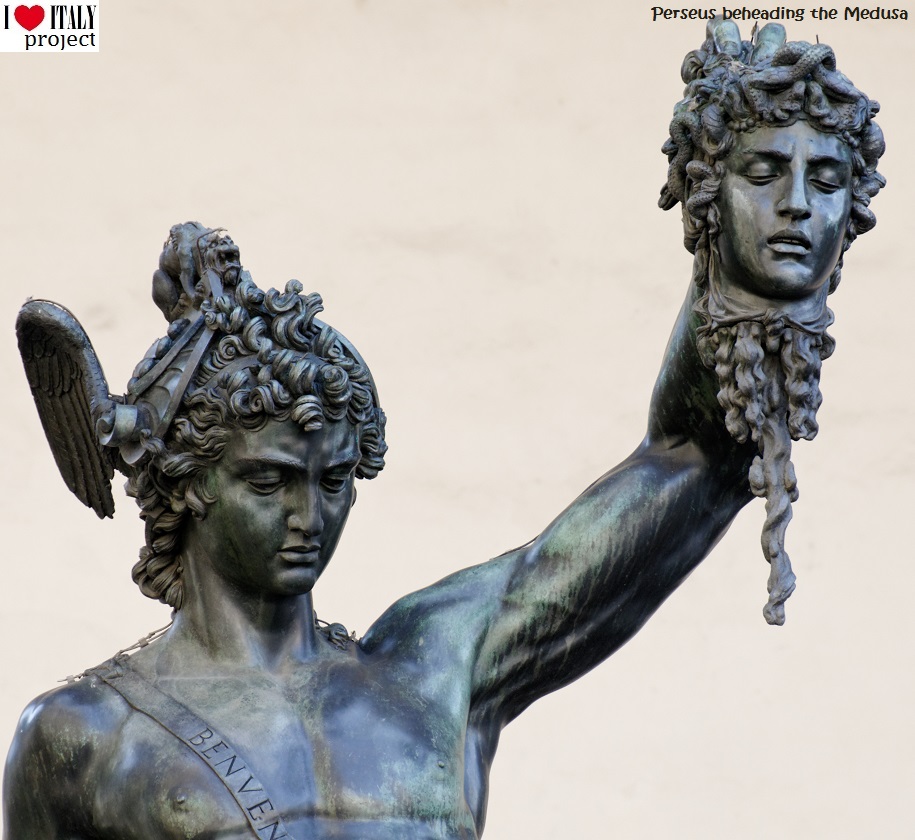  The "italianate garden", in which nature functions as an architectural element within a precise geometrical design, took shape during the Renaissance. Great artists like Raphael and Bramante (Belvedere Garden, Vatican) experimented with it.  One of the examples was Villa d'Este at Tivoli, created in the second half of the 16th century by Pirro Ligorio.
 With Mannerism, the weird and the fantastic invaded gardens too: bizarre sculptures populated the Park of Monsters of Bomarzo (Viterbo). The park was intended not to please, but to astonish, and like many Mannerist works of art, its symbolism is arcane: examples are a large sculpture of one of Hannibal's war elephants, which mangles a Roman legionary, or the statue of Ceres lounging on the bare ground, with a vase of verdure perched on her head.
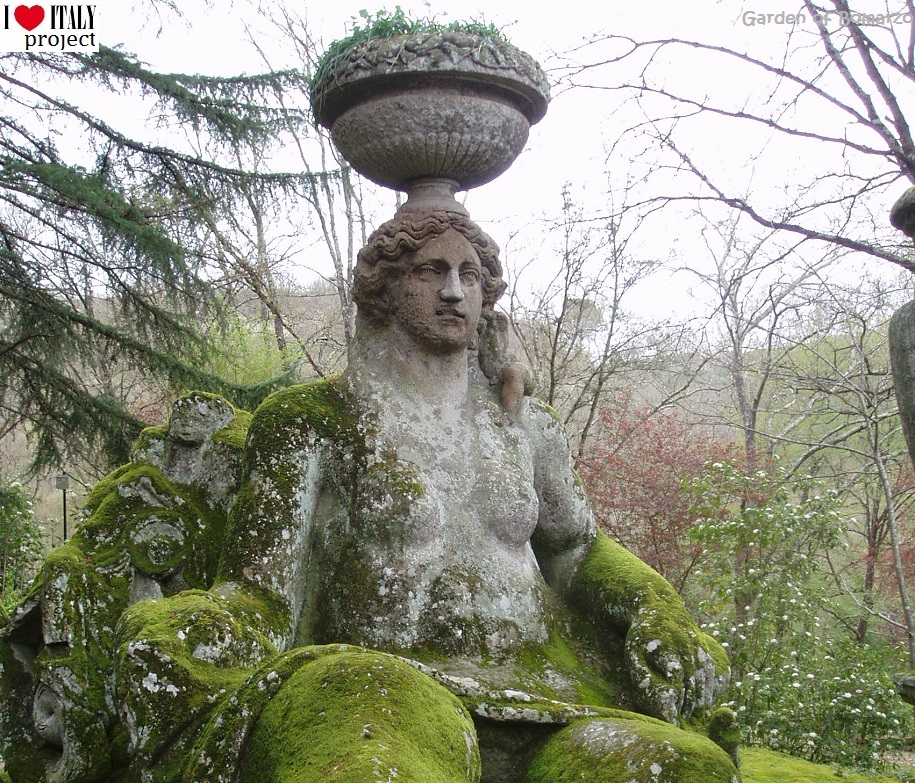 The many monstrous statues appear to be unconnected to any rational plan and appear to have been strewn almost randomly about the area, sol per sfogare il Core ("just to set the heart free") as one inscription in the obelisks says.
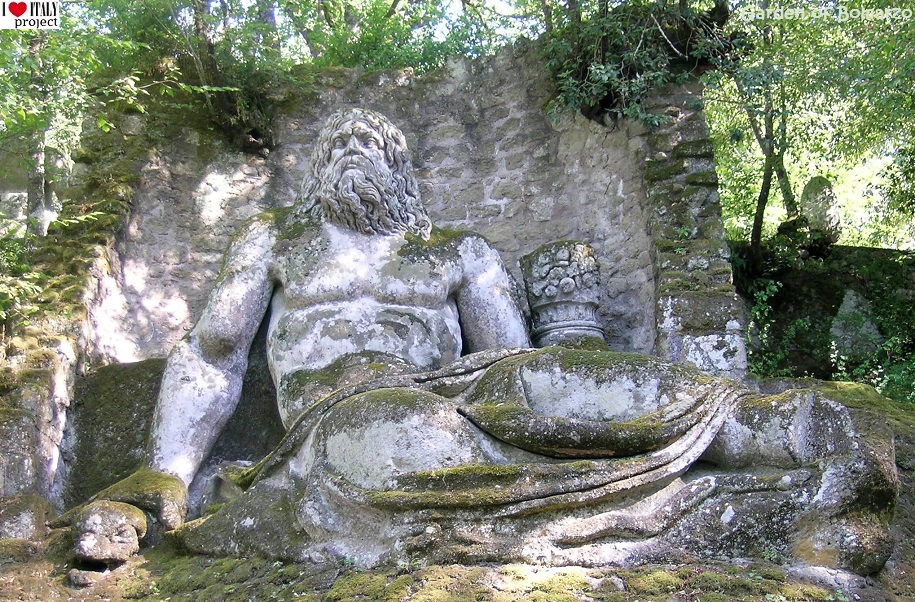 Some of the sites you might consider visiting if you are in the neighbourhood.
 Work with us - Are You a tourist guide? Do you organize tours to northern & southern Italy? If the thematic is based on culture, history and outdoor activities, we would love to talk to you. Drop us a line. Work with us - Are You a tourist guide? Do you organize tours to northern & southern Italy? If the thematic is based on culture, history and outdoor activities, we would love to talk to you. Drop us a line. Paesi di provenienza dei visitatori in ordine numerico Stati Uniti - Canada - Italia - Gran Bretagna - Australia - China - Germania - Francia - Nuova Zelanda - Olanda Coloro interessati ad inserire la loro attivita'/azienda/ nel sito
|
|||||||||||
